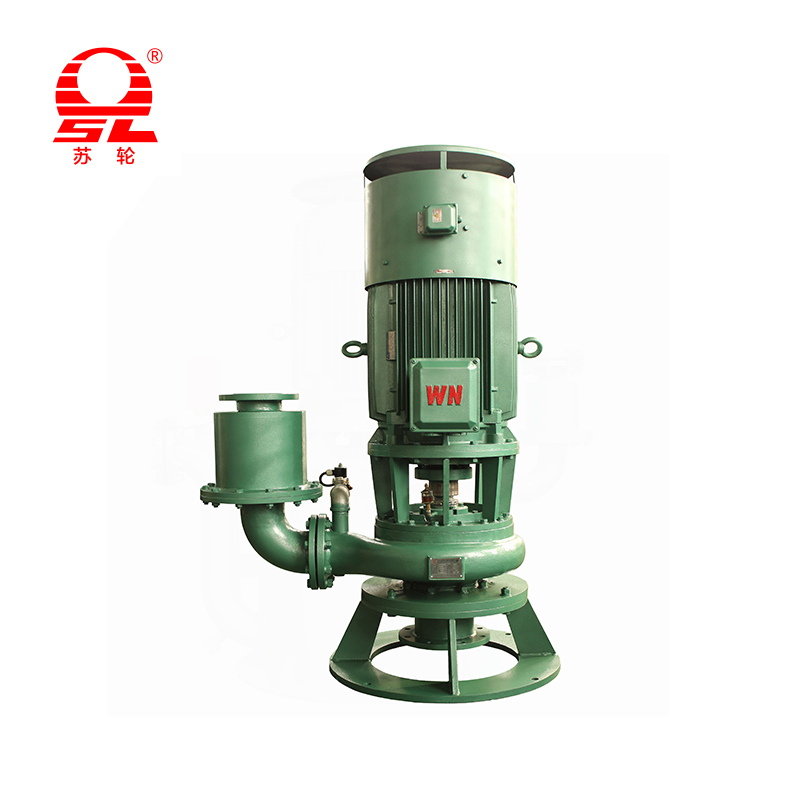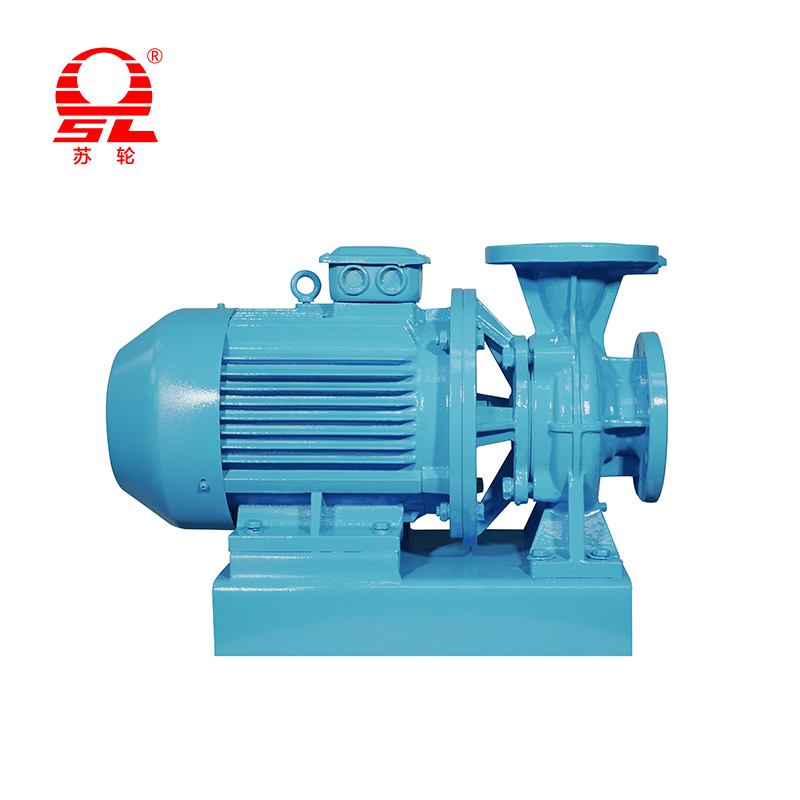What are the common causes and solutions for sewage pump motor overheating
 2025.11.04
2025.11.04
 Industry News
Industry News
Sewage pumps play a critical role in municipal drainage, industrial wastewater treatment, and building drainage systems. Motor overheating is a common fault in sewage pumps, affecting not only pump efficiency but also potentially damaging the motor. Understanding the causes and solutions for motor overheating is crucial for ensuring stable system operation.
1. Motor Overload
Exceeding the rated motor load is one of the main causes of sewage pump overheating. Overloaded operation increases the current in the motor coil, generating significant heat. Prolonged operation can burn out the insulation and even cause the motor to shut down. Causes of overload include excessive pipe resistance, improper pump head selection, or blockage.
Solutions include adjusting pump operating parameters to ensure the motor operates within its rated power range. If necessary, replace the pump with a pump model suitable for the head and flow rate to avoid prolonged motor overload. Installing an overload protection device to monitor current changes in real time can prevent motor damage.
2. Pump Cavity Blockage or Impeller Wear
Solid particles, fibrous impurities, and sediment in sewage can cause pump cavity blockage or impeller wear, increasing pump resistance. When pump resistance increases, the motor consumes more power to maintain flow, leading to overheating. Impeller wear also reduces pump efficiency, further increasing the load on the motor.
Solutions include regularly cleaning the pump cavity and piping to ensure the pump is unobstructed. Choosing wear-resistant materials or anti-entanglement impellers can extend the pump's lifespan and reduce the impact of wear on the motor. Installing monitoring sensors to detect flow and pressure changes can promptly detect blockages.
3. Inadequate Cooling Conditions
Sewage pump motors rely on liquid or air cooling for heat dissipation. Centrifugal pump motors typically rely on air cooling, while submersible pump motors rely on liquid cooling. If the ambient temperature is too high, the liquid temperature is too high, or the cooling water flow is insufficient, the motor's heat dissipation efficiency will decrease, leading to a rapid temperature rise.
Solutions include ensuring good ventilation around the pump. For submersible pumps, ensure the liquid level meets cooling requirements. In high-temperature environments, auxiliary cooling devices or high-temperature-resistant motors can be added to keep the motor temperature within a safe range.
4. Abnormal Power Supply Voltage
Abnormal motor supply voltage, such as undervoltage or overvoltage, can cause the motor to overheat. During undervoltage conditions, the motor's current increases to maintain output power. During overvoltage conditions, the motor's insulation is subjected to excessive stress and may also heat up. Frequent voltage fluctuations accelerate motor insulation aging and shorten its lifespan.
Solutions include stabilizing the supply voltage and installing voltage stabilizers or power supply protection devices. Regularly inspect the power grid to ensure the motor operates within the rated voltage range and reduce the risk of overheating.
5. Mechanical Failure
Mechanical failures such as bearing wear, loose couplings, or pump shaft eccentricity can increase mechanical friction and resistance, increasing motor load and leading to overheating. Vibration and noise often accompany mechanical failures and are important indicators of motor anomalies.
Solutions include regular inspection of bearings and couplings, and timely lubrication or replacement of worn parts. Using a vibration monitoring device can proactively detect potential mechanical problems and prevent motor overheating caused by excessive friction or resistance.
6. Motor Insulation Aging
Extended operation or high humidity can cause motor insulation to age or become damp, increasing current leakage and causing elevated temperatures. Insulation aging can also lead to serious faults such as short circuits and burned windings.
Solutions include regular insulation resistance testing to assess the motor's insulation condition. Repairs or motor replacement should be performed as necessary to maintain good insulation performance.
7. Complex Operating Environment
Sewage pumps often operate in environments containing sand, silt, or chemically corrosive liquids. These complex environments increase the risk of motor overheating. Particle abrasion, motor seal damage, and liquid intrusion can exacerbate temperature rise.
Solutions include selecting a pump with corrosion- and wear-resistant designs and using a motor with high-grade protection. Keep the pump clean to prevent solid matter from entering the motor, and ensure the mechanical seal is intact.

+86-0523- 84351 090 /+86-180 0142 8659

 English
English русский
русский عربى
عربى bahasa Indonesia
bahasa Indonesia










